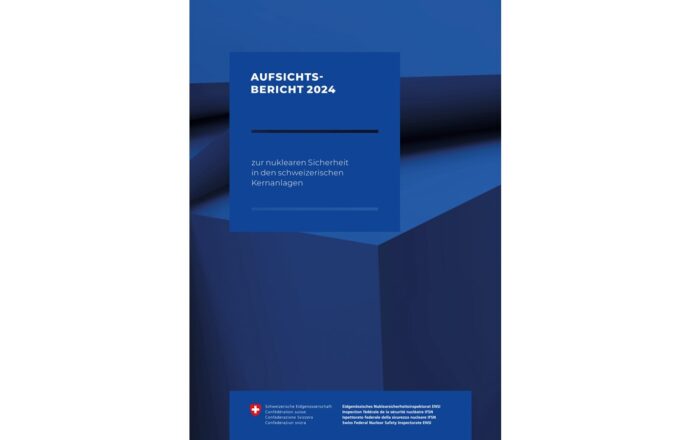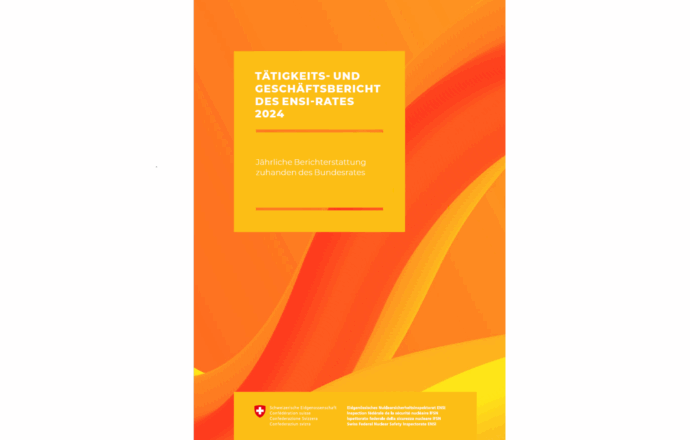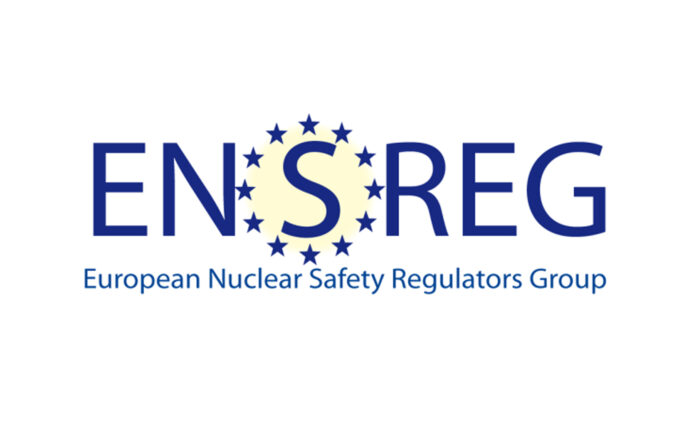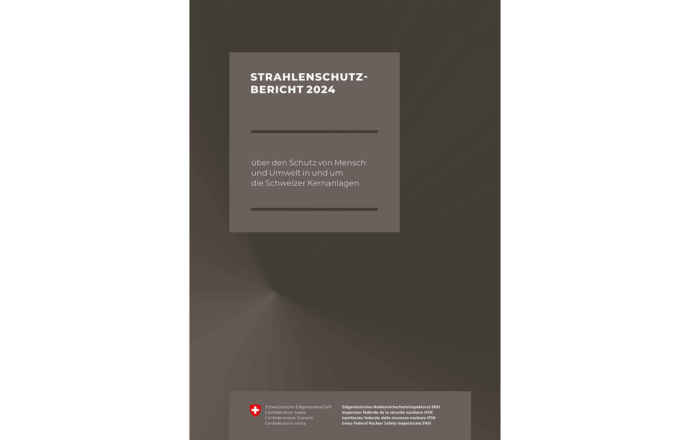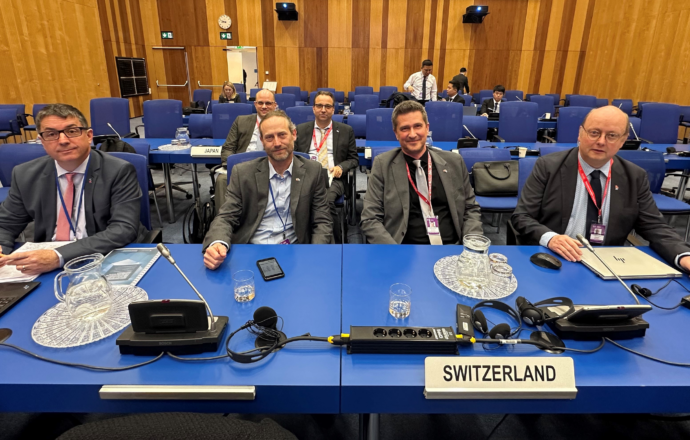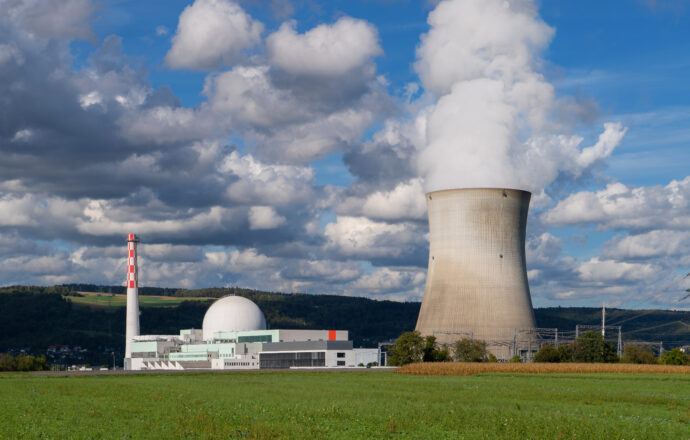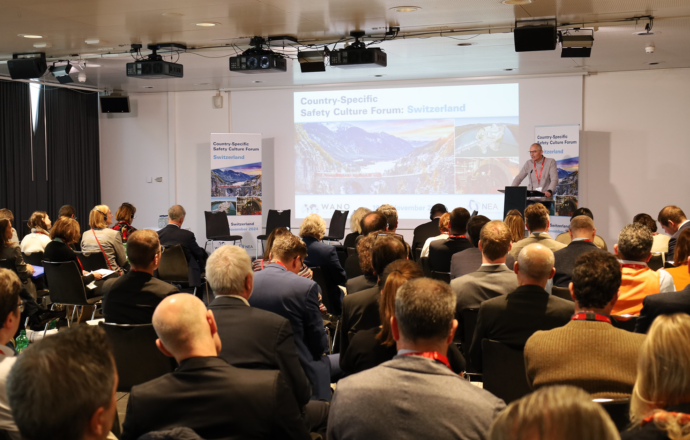Image: At the workshop in Bled, work began on implementing the joint HERCA-WENRA Approach. For ENSI Director General and WENRA Chairman Hans Wanner, this joint approach is crucial.
The Swiss Federal Nuclear Safety Inspectorate (ENSI) is represented at both bodies, where its experts hold leading positions. Now, a workshop has been held in Slovenia to begin implementing the joint approach in collaboration with Europe’s authorities for civil protection and disaster management.
For decades, national prevention and emergency management systems have undergone regular testing. The application of different national approaches, for example following the reactor accident in Chernobyl, means that different protective measures are recommended in different countries. This can lead to misunderstandings in the populations of neighbouring countries: as a result, the respective populations feel they do not benefit from equal protection. The authorities’ decisions could therefore be subject to greater scrutiny, leading to a breakdown of trust and ultimately preventing the emergency organisations from fulfilling at least part of their remit.
At the two-day workshop in the Slovenian town of Bled, work began on implementing the joint HERCA-WENRA Approach. For ENSI Director General and WENRA Chairman Hans Wanner, this joint approach is crucial.
It is therefore essential to improve the coordination of prevention and emergency management at the European level. Accordingly, national emergency management systems are to be harmonised at the European level.
At the same time, it has proven difficult to reach an agreement on joint methods. This is the starting point for the joint approach set out by the Heads of European Radiological Protection Competent Authorities (HERCA) and the Western European Nuclear Regulators Association (WENRA), or HERCA-WENRA Approach for short.
At the two-day workshop in the Slovenian town of Bled, work began on implementing the joint HERCA-WENRA Approach. For ENSI Director General Hans Wanner, this joint approach is crucial: “It is very important to me, as Chairman of WENRA, that the procedure agreed by the heads of the national authorities for radiation protection and nuclear safety be implemented in practice.” He emphasises that it is essential for this process to include civil protection and disaster management authorities. “This is a big step in the right direction. Now the relevant authorities will need to continue working closely alongside one another so that the recommendations of the HERCA-WENRA Approach can be implemented.”
ENSI played a key role in organising the workshop
Almost 90 people attended the workshop. These included high-ranking representatives from the authorities responsible for radiation protection, nuclear safety and civil protection in a variety of countries, as well as representatives from international organisations. From Switzerland, ENSI experts were joined by Gerald Scharding, Head of the National Emergency Operations Centre at the Federal Office for Civil Protection, and Christophe Murith from the Federal Office of Public Health (FOPH).
ENSI played a key role in setting up and organising the workshop in Bled, with Georges Piller leading the organisational committee.
“It is vital for neighbouring countries to be familiar with the emergency procedures,” says Georges Piller, Head of the Radiation Protection Division at ENSI. “This lays a foundation of trust for planned protective measures. The HERCA Working Group on Emergencies makes a key contribution to this process.”

